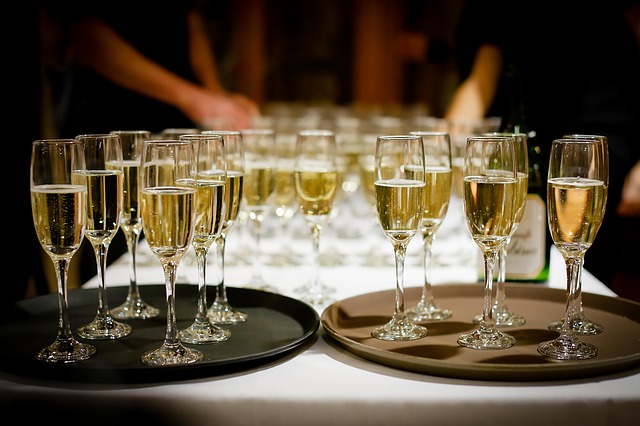With the nights drawing in and temperatures dropping, it’s finally wine harvest time across Northern Europe. And the Champagne region has already announced its start dates for this year’s harvest.
Villages across the Champagne region in France are now harvesting grapes. The start date varies for each variety of grape and each village. This is to make sure the precious Champagne grapes are harvested at their peak ripeness.
What makes the Champagne harvest special?
Each year, all grapes harvested in the Champagne region are carefully hand-picked. This adds to the special atmosphere that always surrounds the Champagne’s region’s strict regulations. It’s all part of the steps necessary to produce the high-quality, unique sparkling Champagne that is loved all around the world.
The rules state that only grapes from delineated, specific plots across the appellation are used to make Champagne. The region is around 90 miles north-east of Paris and covers an area of less than 80,000 acres. From how the grapes are planted, grown and harvested, to the winemaking process itself, every step is carefully regulated. There is a carefully controlled system of adjustments and refinements that all come together to make Champagne, including how it is blended.
Champagne is fighting back against climate change
The growing season in 2019 has had to deal with various challenges from climate changes. This includes extremely high temperatures throughout the summer. And, as with many traditional growing regions, Champagne is developing innovative solutions to adapt for the future.
From growers to suppliers, the Champagne region’s industry is united in working together to combat the changes taking place due to climate change. They are also focusing on maintaining the high quality which is Champagne’s traditional strength.
Jennifer Hall is director of the Champagne Bureau in the United States. She says that climate change is a growing problem for the Champagne industry: “The region is committed to sustainable development and seeks to do its part to reduce its environmental impact and protect the unique terroir of Champagne.”
Reducing carbon footprint is a priority for wine makers in Champagne
Champagne is one of the most progressive regions in terms of reducing its emissions. Back in 2013, it was the first wine region in the world to initiate an audit of its carbon footprint. This led to a campaign focusing on reducing the carbon footprint of the Champagne region by 25% by 2020, and by 75% by 2050. During the last 15 years, Champagne has reduced the carbon footprint per bottle of wine by 20%, which is close to target.
It has also reduced the use of nitrogen fertilisers by 50%, and now recycles 90% of all industrial waste and 100% of all wine by-products and effluents. To boost the motivation of the region, the Comité Champagne introduced a certification standard in 2015 for wine growers in the region to prove their environmental commitment. Between 2015 and 2019, more than 20% of the wine growers in Champagne have been certified, and from this 15% are certified “Sustainable Viticulture in Champagne”.
For a full and detailed list of all of the harvest dates across villages and by grape in Champagne, click here.








